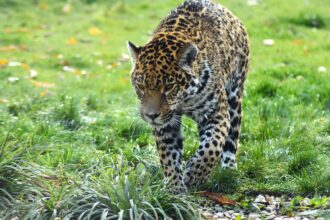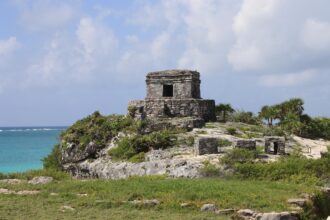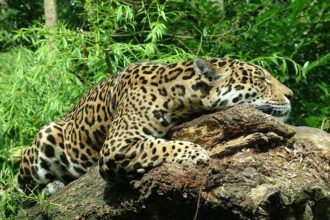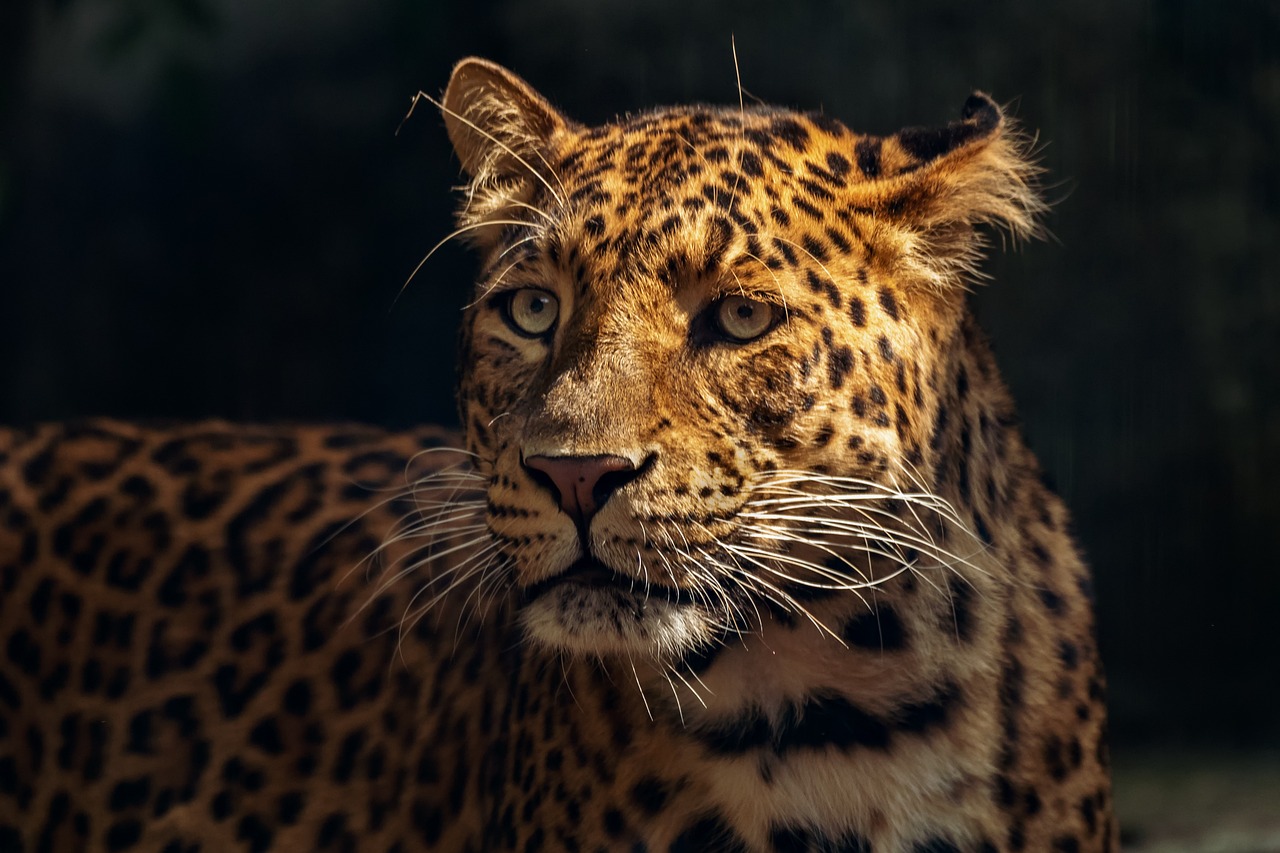The Journey of a Rescued Jaguar: From Rescue to Release
Overview of Jaguar Species
Jaguars (Panthera onca) are the largest cats in the Americas and the third-largest in the world. Renowned for their powerful build and beautiful rosettes, these apex predators play a critical role in their ecosystem. Unfortunately, due to habitat loss, poaching, and illegal wildlife trade, many jaguars find themselves in dire situations, necessitating urgent rescue and rehabilitation efforts.
Initial Assessment at Rescue Centers
When a jaguar is rescued, usually from the illegal pet trade or habitats decimated by deforestation, it is first taken to a wildlife rehabilitation center. The initial assessment is conducted by experienced veterinarians and wildlife handlers who evaluate the jaguar’s health, age, and behavioral conditions. This assessment is crucial, as it dictates the subsequent care and rehabilitation process.
The jaguar’s physical state is inspected for injuries or illnesses, such as malnutrition, parasites, or infections. Mental health is equally vital; captivity can result in stress-related behaviors such as pacing or aggression, highlighting the importance of a safe and calming environment for these majestic animals.
Medical Treatment and Care
Once diagnosed, the jaguar receives the necessary medical treatment. In some cases, this may involve surgical procedures, vaccinations, and long-term dietary management to restore physical health. The care staff work diligently to monitor the jaguar’s recovery, ensuring it receives a balanced diet suitable for its size and energy needs.
Medical care also involves regular health check-ups and behavioral assessments to gauge recovery. Staff may implement enrichment programs—activities designed to stimulate the animal’s natural behaviors and instincts, such as climbing, hiding, and hunting—all crucial for preparing the jaguar for reintroduction to the wild.
Behavioral Rehabilitation
Behavioral rehabilitation is a fundamental part of the rescue process. The goal is to restore the jaguar’s natural instincts that may have been dulled or lost during captivity. Enrichment tools like puzzle feeders encourage problem-solving, while simulated hunting environments help hone instinctual skills.
Handlers and care teams spend countless hours observing and interacting with the jaguar, identifying any anxiety-inducing triggers. Creating a stable environment allows the jaguar to regain its confidence and natural curiosity, essential attributes for a successful return to the wild.
The Role of Socialization in Rehabilitation
In some cases, socialization with other jaguars may be included in the rehabilitation process. Introducing the jaguar to its species’ companions can encourage natural social behaviors, helping to reduce stress and build necessary social skills. Ensuring that the jaguar can not only survive but thrive among its peers is a shared goal for rehabilitation centers.
Assessing Wild Suitability
After sufficient rehabilitation, the jaguar’s fitness for reintroduction into the wild is assessed. This typically involves observing the jaguar’s physical competence and behavioral confidence in controlled environments. Staff evaluates its ability to hunt, swim, and interact socially with other jaguars.
If the jaguar demonstrates strong instincts and adaptability, it is marked as a suitable candidate for release. However, if it exhibits stress or is unable to perform necessary skills, the rehabilitation process continues.
Pre-Release Conditioning
Pre-release conditioning plays a pivotal role in preparing jaguars for life in the wild. This phase often occurs in semi-wild enclosures where the jaguar can acclimate to a more natural environment while still under some protection. It allows the jaguar to experience a larger territory and access to natural prey.
Handlers may strategically reduce human interaction, allowing the jaguar to navigate its surroundings independently. It will also learn how to avoid human contact, an important skill, given the dangers posed by encroaching human populations.
Final Release Preparation
As the release date approaches, careful planning is crucial. The selected release site is typically a remote area known for a healthy jaguar population and minimal human interference. Conservationists often conduct site assessments to ensure a suitable habitat, complementing elements like prey availability and security from poaching.
Collaborative efforts with local communities help promote conservation awareness. Engaging residents and educating them about the importance of jaguars in the ecosystem is critical for reducing potential human-wildlife conflict in the future.
The Release Day
On the day of release, the moment is both exhilarating and bittersweet. Wildlife biologists, veterinarians, and conservationists gather at the chosen site. Upon arrival, the jaguar is transported from its secure crate into the release zone.
The crate door is opened, and anticipation fills the air. The jaguar cautiously steps out, taking in its new surroundings. Initial hesitation is normal; the jaguar may linger at the entrance, assessing this vast, wild world after a long period of captivity. Eventually, curiosity takes over, and it wanders into the lush vegetation, reclaiming its place in the natural order.
Post-Release Monitoring
Post-release monitoring is critical to assessing the jaguar’s adaptation. Tracking efforts often utilize GPS collars that provide real-time data on the jaguar’s movements, behaviors, and interactions with other wildlife. This information aids researchers in understanding the challenges faced by rehabilitated jaguars in the wild and informs future conservation strategies.
Follow-up assessments provide insight into the jaguar’s health, habitat choice, and potential interactions with human populations, allowing conservationists to adjust management strategies to enhance its survival.
The Impact of Rescue and Release Programs
The journey of a rescued jaguar is not just about the individual animal; it represents hope for species conservation overall. Successful rescues and releases contribute to the larger narrative of wildlife conservation, highlighting the importance of preserving natural habitats, enforcing anti-poaching laws, and fostering human-animal coexistence.
Each successful release reinforces the message that it is possible to reverse the damage done by human activity, inspiring communities and individuals to protect wildlife and their habitats. Restoring populations can also benefit local ecosystems, creating a balance that furthers biodiversity and ensures the resilience of nature.
Future Challenges and Ongoing Conservation Efforts
Despite successful rescues and releases, challenges remain for jaguar populations, including habitat loss, climate change, and the ongoing threats of poaching and trafficking. Continuous support for rehabilitation centers, wildlife corridors, and anti-poaching initiatives is essential for ensuring that jaguars not only survive but thrive in the wild.
Certain organizations focused on wildlife conservation advocate for policies that protect both jaguars and their environments, pushing for sustainable land-use practices, habitat restoration, and increased community involvement in wildlife protection.
Through commitment and education, wildlife conservation efforts can ensure that the storyline of the rescued jaguar continues positively—transitioning from rescue to a thriving life in the wild, symbolizing resilience for both wildlife and humanity alike.







